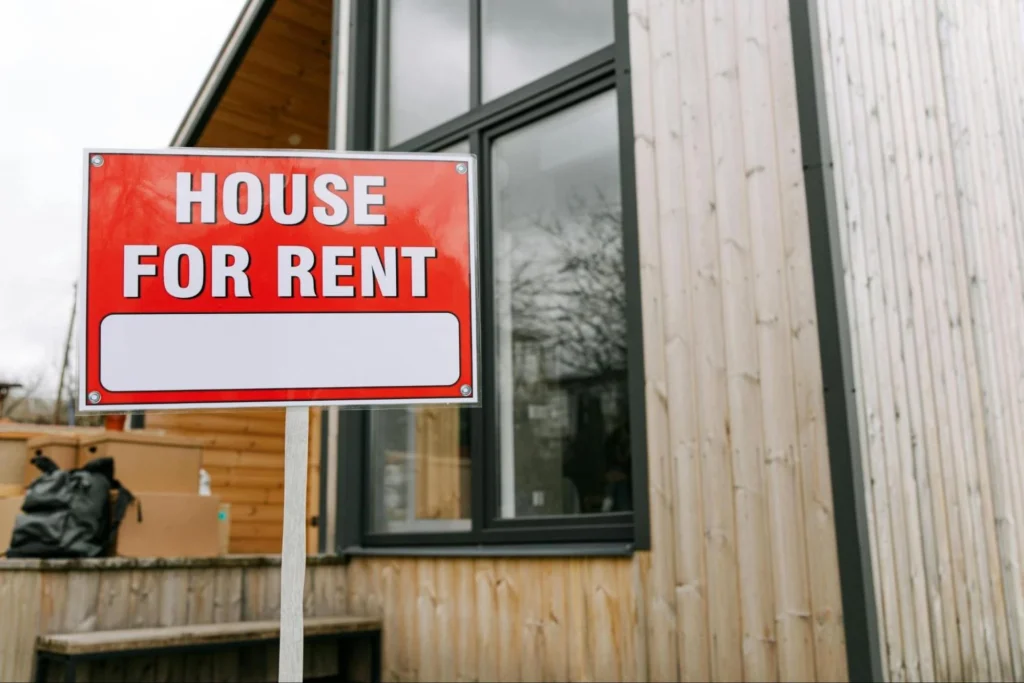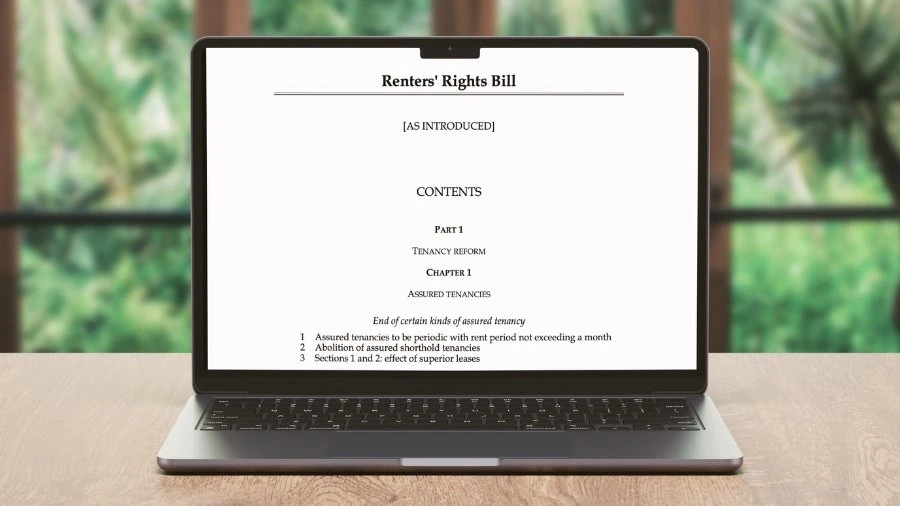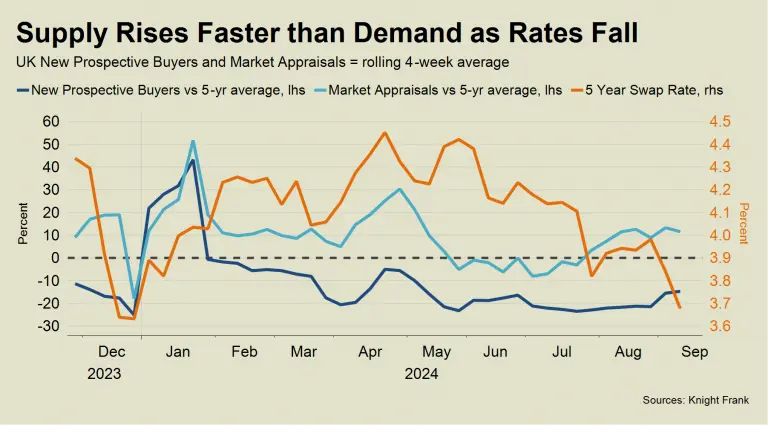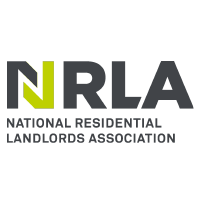
London is one of the most vibrant and diverse cities in the world, offering a unique blend of history, culture, and modern living. For many, it’s a dream to live in the heart of the UK, but finding the right property to rent in London can be challenging due to its competitive rental market and varying costs. Whether you are new to the city or a long-term resident looking to relocate, this guide will provide insights into what you can expect to pay per month when renting in London. Additionally, we’ll share tips to make your rental home search easier and more efficient.
Understanding the London Rental Market
London’s rental market is one of the most dynamic in the UK, and prices can vary significantly based on location, property type, and size. The cost of renting in London generally depends on the proximity to central areas, access to public transportation, and neighborhood amenities. On average, rental prices can range from £1,200 to over £3,000 per month, depending on these factors.
Factors Affecting Rent in London
- Location: One of the most significant factors affecting rent in London is location. Central areas like Westminster, Chelsea, and Knightsbridge are among the most expensive, while outer zones such as Croydon, Barking, and Ealing are more affordable. The rent for a one-bedroom apartment in Central London can easily surpass £2,000 per month, while in zones 4-6, you might find similar properties for around £1,200-£1,500.
- Property Type: The type of property you choose also plays a significant role in determining rent. Flats (apartments) are more common in London, with studio, one-bedroom, and two-bedroom units being the most sought after. Houses for rent are available but usually command higher rents, especially in more central areas. If you need a larger space, a three-bedroom flat or house in Central London could cost between £3,000 and £5,000 per month.
- Size and Amenities: The size of the property and available amenities (e.g., parking, a garden, or a gym) can significantly impact rental prices. Properties with additional features such as balconies, modern kitchens, and en-suite bathrooms tend to attract higher rents.
- Transport Links: Proximity to underground stations, bus routes, and other transport links can increase rental prices. Areas that are well-connected to the city center, like Clapham, Stratford, and Camden, often come with a premium on rent. However, you can find more affordable options if you are willing to commute a bit further from the main hub.
- Neighborhood: London is known for its diverse neighborhoods, each with its own vibe and community. Popular areas such as Shoreditch, Notting Hill, and Kensington are trendy and attract high rental prices due to their vibrant lifestyle, shopping, dining options, and general appeal. Meanwhile, areas like Walthamstow, Peckham, and Leytonstone offer a more affordable, community-focused feel.
Average Rent Prices in London by Property Type
To give you a clearer idea, here are the average rental prices in London per month based on different types of properties:
| Property Type | Central London | Outer London |
| Studio Apartment | £1,300 – £1,800 | £900 – £1,300 |
| 1-Bedroom Apartment | £1,800 – £2,500 | £1,200 – £1,500 |
| 2-Bedroom Apartment | £2,800 – £3,800 | £1,600 – £2,400 |
| 3-Bedroom House/Apartment | £3,500 – £5,500 | £2,200 – £3,200 |
| 4-Bedroom House | £5,000 – £7,000 | £3,000 – £4,500 |
These averages are indicative and can fluctuate based on factors like property condition, specific location, and demand.
Popular Areas to Rent in London
1. Central London
Living in Central London means you are close to major attractions, shops, restaurants, and entertainment options. Popular areas include:
- Westminster: Home to iconic landmarks, government buildings, and luxurious apartments. Expect to pay a premium for properties here.
- Soho: Known for its lively nightlife, theatres, and trendy bars. Studio flats and one-bedroom apartments are common but can be pricey.
- South Bank: A cultural hub with stunning views of the Thames. Modern flats dominate the area, offering great transport links.
2. North London
- Camden: Famous for its market and vibrant music scene. A great area for younger renters.
- Islington: Offers a mix of historic and modern properties. Close to the City, making it a popular choice for professionals.
3. South London
- Clapham: Known for its green spaces, restaurants, and bars. Popular among young professionals.
- Brixton: A cultural hotspot with a diverse community. Offers more affordable rents compared to neighboring Clapham.
4. East London
- Shoreditch: Hip and trendy, full of creative spaces, street art, and nightlife. Rents can be high due to its popularity.
- Stratford: Known for the Olympic Park and Westfield shopping center. Well-connected and more affordable than Shoreditch.
5. West London
- Notting Hill: Charming and picturesque, with colorful houses and the famous Portobello Road Market. Prices can be steep.
- Hammersmith: Well-connected, with good schools and a variety of housing options, making it family-friendly.

Tips for an Effective Rental Home Search in London
- Set a Budget: Knowing your budget is crucial before starting your search. Factor in additional costs like utility bills, council tax, and commuting expenses.
- Use Reputable Platforms: To find a property to rent in London, it’s essential to use reliable rental platforms that list a wide variety of properties. This will save time and ensure you only see options that meet your requirements.
- Start Early: The rental market in London is fast-paced. Properties can be listed and taken down within days. Start your rental home search at least a month before your intended move date to give yourself enough time to explore options.
- Research Neighborhoods: Each London neighborhood has its unique feel and offerings. Spend time researching different areas to find the best fit for your lifestyle and budget. Whether you prefer the hustle and bustle of Central London or a more laid-back vibe in the suburbs, knowing what each area offers will help you make an informed decision.
- Be Ready to Act Quickly: Once you find a property you like, be prepared to act fast. Have your documents (ID, references, proof of income, etc.) ready to ensure you can move forward quickly when you find your ideal home.
- Consider Professional Assistance: If the search process feels overwhelming, consider using a property management company like Homesearch Properties. They offer tailored services to help find the perfect property based on your preferences and budget.
Additional Costs to Consider
Renting in London is more than just the monthly rent; there are additional expenses to keep in mind:
- Security Deposit: Usually equivalent to five weeks’ rent, which will be refunded at the end of your tenancy if there is no damage to the property.
- Council Tax: The amount varies by borough and can range from £80 to over £200 per month, depending on property size and location.
- Utility Bills: Electricity, gas, water, and internet can add up, with typical costs ranging from £150 to £300 per month.
- Commuting: Travel costs can vary, so consider proximity to your workplace or preferred transport options when choosing a location.
Why Choose Homesearch Properties for Your Rental Home Search?
Finding the perfect property to rent in London doesn’t have to be a stressful experience. At Homesearch Properties, we are committed to helping you navigate the London rental market with ease. Our team has extensive knowledge of London’s diverse neighborhoods and a broad network of listings to match your needs. Whether you are looking for a stylish studio in Shoreditch, a family-friendly house in Hammersmith, or a chic apartment in Chelsea, we can assist you in finding the perfect rental.
Start Your Rental Home Search Today!
Are you ready to find your ideal property to rent in London? Let Homesearch Properties make your rental home search a smooth and enjoyable experience. Our dedicated team is here to guide you every step of the way, from selecting the right neighborhood to signing the lease. Contact us today to discover how we can help you find your next home in London!
Visit our website at Homesearch Properties or call us at +44(0) 20 3695 8730 to start your search today!












